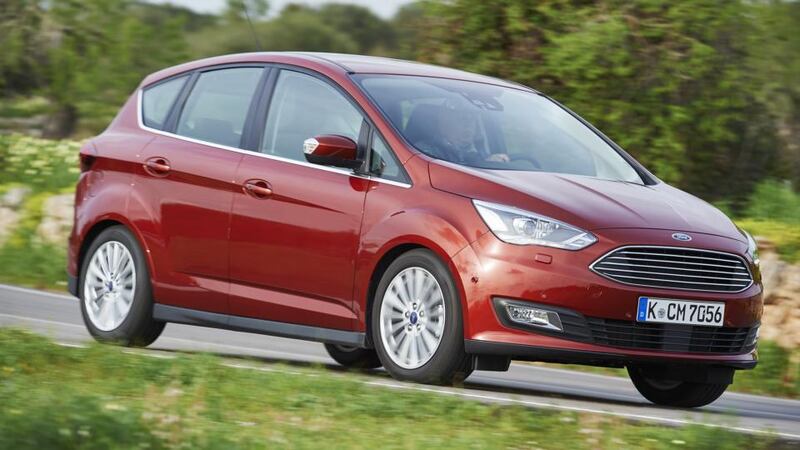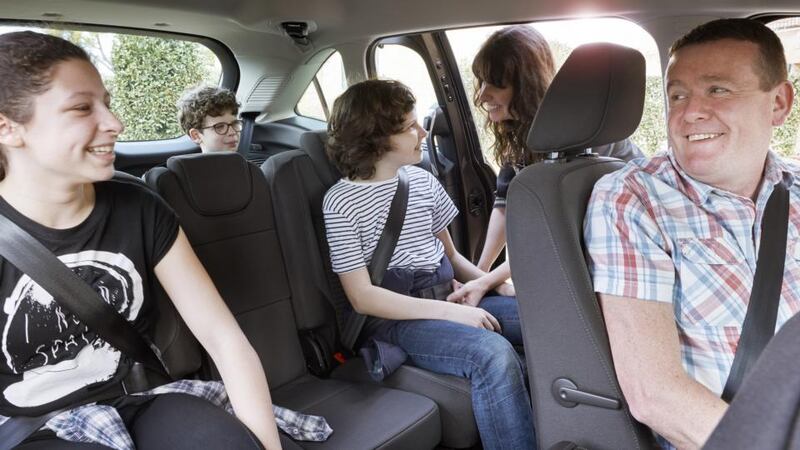The idea of merging a minibus format of multi-seat rows into a family car originated in France. Renault's Espace is often named as the first real people carrier.
It's true this is disputed by some, and life's too short to debate it for too long. Suffice to say the idea of a high-roofed hatchback with an optional third row of seats has been around for several years. And aside from the odd madcap attempt at turning out a performance version – Opel we're looking at you – these cars are bought out of necessity rather than desire. No well-adjusted teenager grows up with the aspiration to own a Citroen Picasso or Opel Zafira.
Yet for practicality they served their purpose. And that’s why for the last 20 years or so they have proved so popular, both for buyers and the mainstream car brands. Then along came the crossovers, led in the mainstream market by Nissan’s Qashqai. Since then the family buyers have been flocking to the more rugged looks of these wannabe SUVs, beefed up high-set hatchbacks as opposed to the boxy high-roofed people carriers.


The change in consumer taste seems to have caught Ford on the hop. It has continued to roll out an impressive array of people carriers at a time when crossovers are the flavour du jour.
In fairness its range of people carriers are the pick of the bunch. The latest Galaxy boasts a premium-like appeal with room for seven adults and luggage. With no right-hand drive Renault Espace on the market and Chrysler having withdrawn from Ireland – so no new Voyagers on forecourts – the Galaxy has the market for middle-class MPVs largely to itself.
Smart sense
The S-Max is the best of its bunch to drive, even if the Citroen Picasso is a better all-rounder. The diminutive B-Max delivers on sprightly Fiesta fun mixed with practically-minded rear sliding doors.
It’s just a pity Ford didn’t beef up the design to make it look a little more rugged, thereby luring more of the crossover segment, but they did have the smart sense to offer the C-Max in both five and seven-seat formats. The latter is arguably the most practical solution and worth the extra spend.
So what’s the Grand C-Max like? Well it’s a bit of a surprise really. While Ford is eager to downplay the functionality of the third row of seats, reckoning them to be suitable for short-legged children or very short spins, we made full use of the extra row during a weekend where we toured the highways and byways of Ireland. And despite the odd gripe about access to the very back row being a little awkward, once ensconced in the back our passengers never uttered a peep of complaint.
The other surprise is in the car’s handling, always something of a forte at Ford. The engineers have worked their magic on the car again and with minor tweaks to the underpinnings initially developed for Focus models. With a full load it can bottom out on badly surfaced roads but the sharpness of the steering makes this car a real star and – whisper it quietly for fear of being regarded as a loon – a fun car to drive. To say that about a boxy people carrier would seem ludicrous, but the folks in the Ford overalls have the talent to make this possible.
Under the bonnet is the new 1.5-litre TDCi diesel, claiming a CO2 emissions output of just 105g/km. It’s a getter engine than the 1.6-litre diesel it replaces, quite refined but also boasting decent low-rev torque that gets you off the starting blocks at junctions.
The big question for buyers is whether to opt for the extra third row. At least it’s the big question that Ford wants you to consider, but in reality I can’t see why you would forgo the extra row. It will cost you an extra €2,600 over and above the five-seater, but if you don’t need the third row then, frankly, you don’t need the C-Max.
Overall, this car lives up to the blue oval’s reputation for turning out smart people carriers that are surprisingly fun to drive. Its practicality makes family sense, while prices starting at €29,100 for this 1.5-litre diesel version of the Grand C-Max makes it competitively priced against rivals. If you need seven seats and bootspace, then you’ll need to look elsewhere – though no further afield than Ford’s own S-Max range – but for many families the C-Max format will work just fine.
Practicality
My positive feelings towards the C-Max is tempered, however, by the fact that for many Irish buyers the lure of a crossover – often available as a seven-seat variant – will prove too tempting and that’s what’s going to limit this car’s appeal.
For all its practicality and ability on the road, the look is still all about function and very little about what’s fashionable. Ford really needs to redirect its efforts on expanding its crossover offering.
Lowdown: Ford Grand C-Max Engine: 1.5-litre diesel putting out 120PS
Specification: C-Max entry-level Zetec features: 16" alloys; front fogs; Quickclear windscreen; SYNC 1; air conditioning; privacy glass; leather steering wheel; driver seat lumbar adjust; MyKey; and power front windows. Grand C-Max adds rear sensors; powerfold mirrors; and third row of seats as standard
Pricing: €29,100 (five-seat version of 1.5-litre diesel – €26,500)












